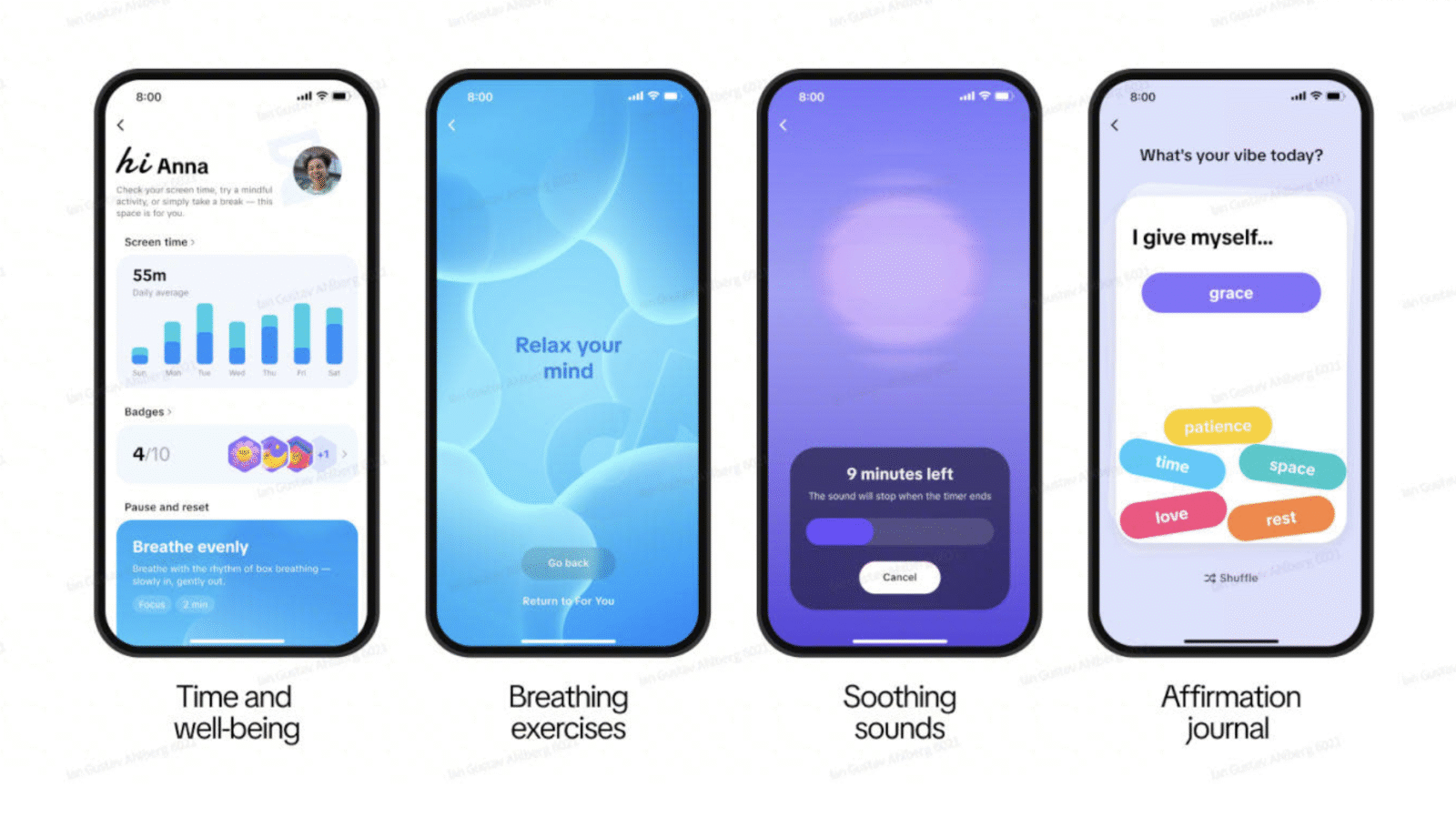Sandisk has introduced a new compact USB-C flash drive that focuses on practicality rather than showmanship, offering up to 1TB of storage in a form factor small enough to leave plugged into a laptop or tablet. The Extreme Fit USB-C drive is positioned as a discreet, on-the-go option for people who need additional local storage without adding bulk or relying on a cloud connection. While the company highlights it as the smallest 1TB USB-C flash drive currently on the market, the more notable point is how the device aims to serve the growing number of users who now depend on lightweight USB-C hardware for work, study, and travel.
Slim laptops and tablets have steadily pushed many users toward external storage, especially those working with large media files or extensive document libraries. A low-profile USB-C drive that can remain attached without snagging in a bag or blocking nearby ports can be useful for anyone who frequently switches between locations. This drive attempts to meet that need by offering leave-in convenience alongside the speed expected of modern flash storage. Its compact size makes it suitable for everyday situations where traditional external drives may feel cumbersome, from moving between meetings to editing content offline during a commute.
The company notes that the drive supports read speeds of up to 400MB/s on capacities between 128GB and 1TB, with the 64GB version rated slightly lower at up to 300MB/s. These speeds are not at the level of dedicated SSDs, but they are fast enough for typical tasks such as transferring large media files, maintaining portable project libraries, or backing up essential documents. Compatibility with common USB-C devices—ranging from laptops to tablets—positions the drive as a flexible accessory rather than a niche tool.
For users who prefer local file management, the drive works with the SanDisk Memory Zone app for Windows and macOS, which provides basic backup and restore options. While cloud services remain a dominant solution for syncing and storage, local flash media still has a place for privacy-sensitive work, situations with limited bandwidth, or tasks that require immediate offline access.
Overall, this device reflects an ongoing trend toward subtle, utility-focused accessories built around USB-C devices. Instead of emphasizing flashy performance claims, the value here lies in a small, consistent way to expand day-to-day storage without changing workflows or carrying extra hardware.






